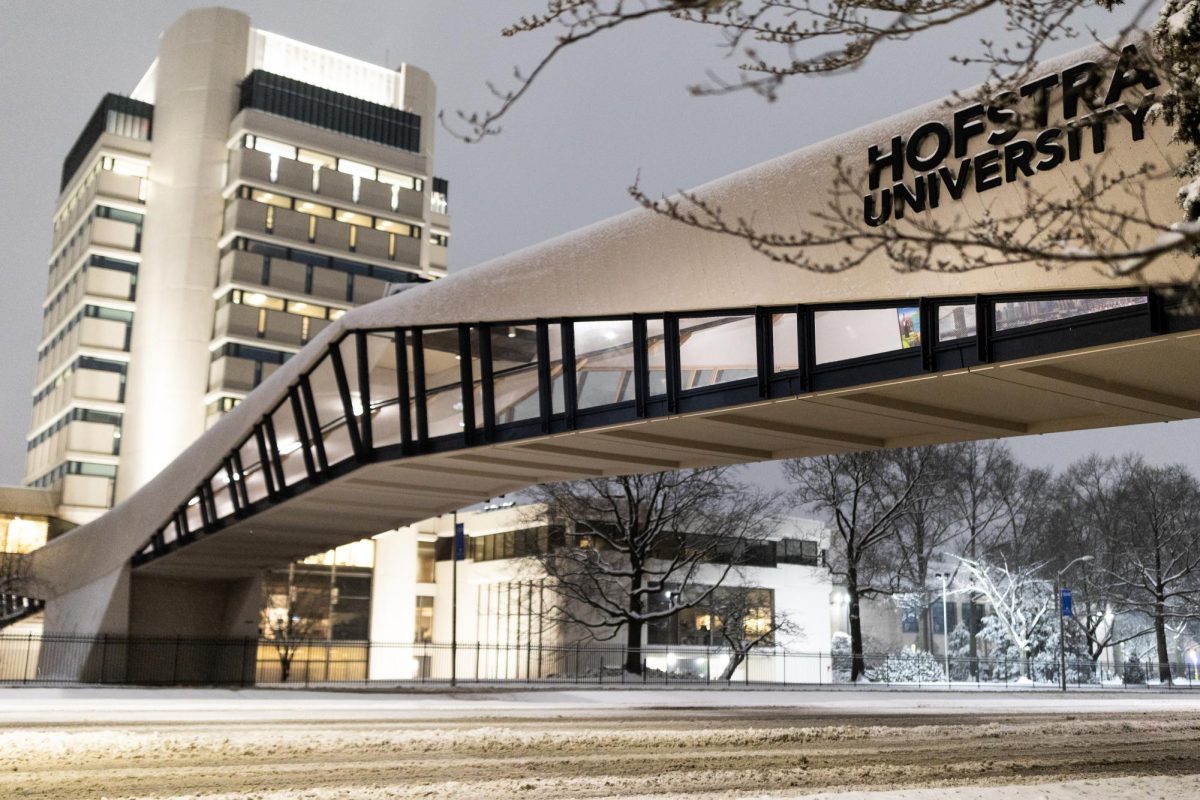By Marie Haaland
Staff Writer
The Lawrence Herbert School of Communication organized three events in Studio A on Tuesday, April 12 in an attempt to show students the potential of using virtual reality (VR) as a tool for journalism. The first of the events was a panel of three experts – Marcelle Hopkins, James Pallot and Carla Borras, who all work with VR technology.
“The rise of VR storytelling and the possibilities of this new media are very exciting, quite baffling and something that we really want to be consciously discussing and integrating as appropriate into curriculum,” Dr. Evan Cornog, dean of the School of Communication, said.
VR is a relatively new field; therefore, the technology is still undergoing drastic changes and improvements.
Pallot is a co-founder of Emblematic Group, a company that creates content for VR systems and is on the forefront of exploration in this field. He explained that there are two kinds of VR: 360 and volumetric.
According to Pallot, the majority of what is on the market is 360 VR, which he says is a powerful experience, but has some drawbacks. “You can look around, up and down, see all around you, but you can’t change your own orientation within a scenario. I can’t navigate or explore within the medium,” he said. “In volumetric, by contrast, we put you in a physical space, where you can walk around, and the fact that you’re getting impulses not just into your eyes and ears but your body is present in a space and able to move around at will, takes it to another level of immersion and interaction.”
There are videos depicting the 360 VR technology on Facebook, including one showing a scene of a plane dropping food in South Sudan.
Hopkins wrote and co-produced the VR documentary “Recipe for a Famine” for PBS’s FRONTLINE. She is both excited and impressed with what we have seen from VR so far, but expects more in the future.
“I think, and I hope actually, that we haven’t figured out yet what VR is capable of. Because in five years I think it’s going to look very different from the way we’re making it now,” she said. “And I think it’s our collective project, as creators and as journalists, to figure out what we can do with VR that we haven’t done yet, that we haven’t been able to do before.”
She believes that there are many uses for VR that have not been discovered yet. Hollywood is currently investing a large amount of money into using VR technology, and other companies like FRONTLINE have many plans for upcoming documentaries using VR.
“As generations keep coming up with new technology, we’re seeing things that we probably would have never imagined,” Awilda Pena Luna, a junior public relations major, said. “Things that we’ll not only be working with but experiencing in our everyday lives. I think virtual reality is amazing, so I’m excited to see just how far this [will] go and the new things that’ll come about from this.”
“I’ll let you in on a little secret,” Borras, the series coordinating producer of FRONTLINE, said. “There is no one set of magic answers to doing really great, powerful, impactful VR journalism. We’re all trying to figure it out and it’s an emerging form, and I don’t pretend to have all the answers.”
Journalists are still figuring out the best way to use VR in storytelling. Not all documentaries will be improved by the use of this technology, and not all stories will be able to be told with VR. There are journalistic hurdles that the technology still needs to be overcome, but these experts feel that VR will continue to improve and become more widely used in the field.







